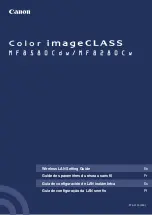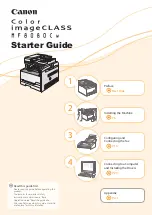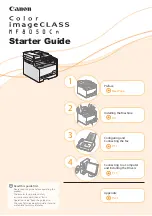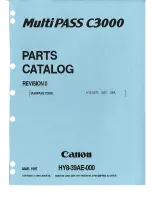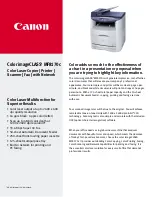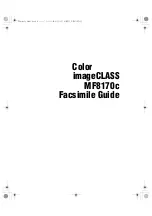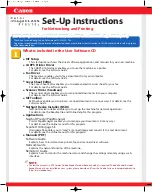
Class Series Programmer’s Manual
271
Appendix T
RFID Overview
The printer has two different operational modes for the programming of RFID tags: Direct, and Label
Formatting.
The RFID programming data can be entered in one of two formats: ASCII, or Hexadecimal. Data in
the ASCII format is entered conventionally, while data in the hexadecimal format is entered as the
hexadecimal-pairs equivalent of the ASCII character(s). For example, to program the word “TEST” in
the ASCII format, the data is entered as TEST; alternately, in the hexadecimal format the word is
entered as 54455354. The other important consideration is the data format byte count. Compared to
the ASCII format, hexadecimal formats use twice the number of bytes. Returning to the example
above, in the ASCII format “TEST” has a byte count of four, while the hexadecimal format
equivalent has a byte count of eight.
To send information about the results of tag printing back to the host, refer to the
<STX>KcOF
command for option feedback.
Direct Mode
Direct Mode allows the user (host) to directly control the reading and writing of RFID tags. This mode
contains both a generic Read / Write Interface and a high level HF / UHF Tag Interface. In Direct Mode,
each RFID tag is individually processed with status and data responses. Typically these commands are
used for diagnostics or custom applications.
Generic Read/Write Interface
The Generic Read/Write Interface allows the Host Application to send generic commands for RFID
operations by utilizing the printer’s database for specific parameters. Requiring no knowledge of the
tag types being used (except the data format), these commands consist of simple read and write
operations. See the
<STX>KaR
and
<STX>KaW
commands for details.
HF (13.56 MHz) ISO15693 Tag Interface
The ISO15693 Tag Interface allows the Host Application to perform specific operations pertaining to
HF-type (13.56 MHz) tags. Since these commands override the printer’s database by interfacing
directly to the tag module, knowledge of HF tags and their operation is required. See the
<STX>KtA
,
<STX>KtD
,
<STX>KtE
,
<STX>KtH
,
<STX>KtU
,
<STX>KtR
, and
<STX>KtW
commands for details.
UHF Interface
This interface allows the Host Application to perform specific operations pertaining to UHF-type
tags. Since these commands override the printer’s database by interfacing directly to the tag module,
knowledge of UHF protocols and their operation is required. See the
<STX>KuR
and
<STX>KuW
commands for details.
Содержание A-Class A-4310
Страница 2: ......
Страница 4: ......
Страница 15: ...xi Appendix V 281 Bar Code Symbology Information Resources 281 Glossary 283...
Страница 16: ...xii...
Страница 30: ...Immediate Command Functions 14 Class Series Programmer s Manual...
Страница 52: ...System Level Command Functions 36 Class Series Programmer s Manual...
Страница 144: ...Label Formatting Command Functions 128 Class Series Programmer s Manual...
Страница 162: ...Generating Label Formats 146 Class Series Programmer s Manual...
Страница 182: ...Appendix D Reset Codes 166 Class Series Programmer s Manual...
Страница 192: ...Appendix E Single Byte Symbol Sets 176 Class Series Programmer s Manual...
Страница 236: ...Appendix G Barcode Details 220 Class Series Programmer s Manual...
Страница 242: ...Appendix I Symbol Sets and Character Maps 226 Class Series Programmer s Manual...
Страница 272: ...Appendix P UPC A and EAN 13 256 Class Series Programmer s Manual...
Страница 282: ...Appendix R Plug and Play IDs 266 Class Series Programmer s Manual...
Страница 296: ...Appendix U WiFi Region Country Codes 280 Class Series Programmer s Manual...
Страница 302: ...Glossary 286 Class Series Programmer s Manual...
































